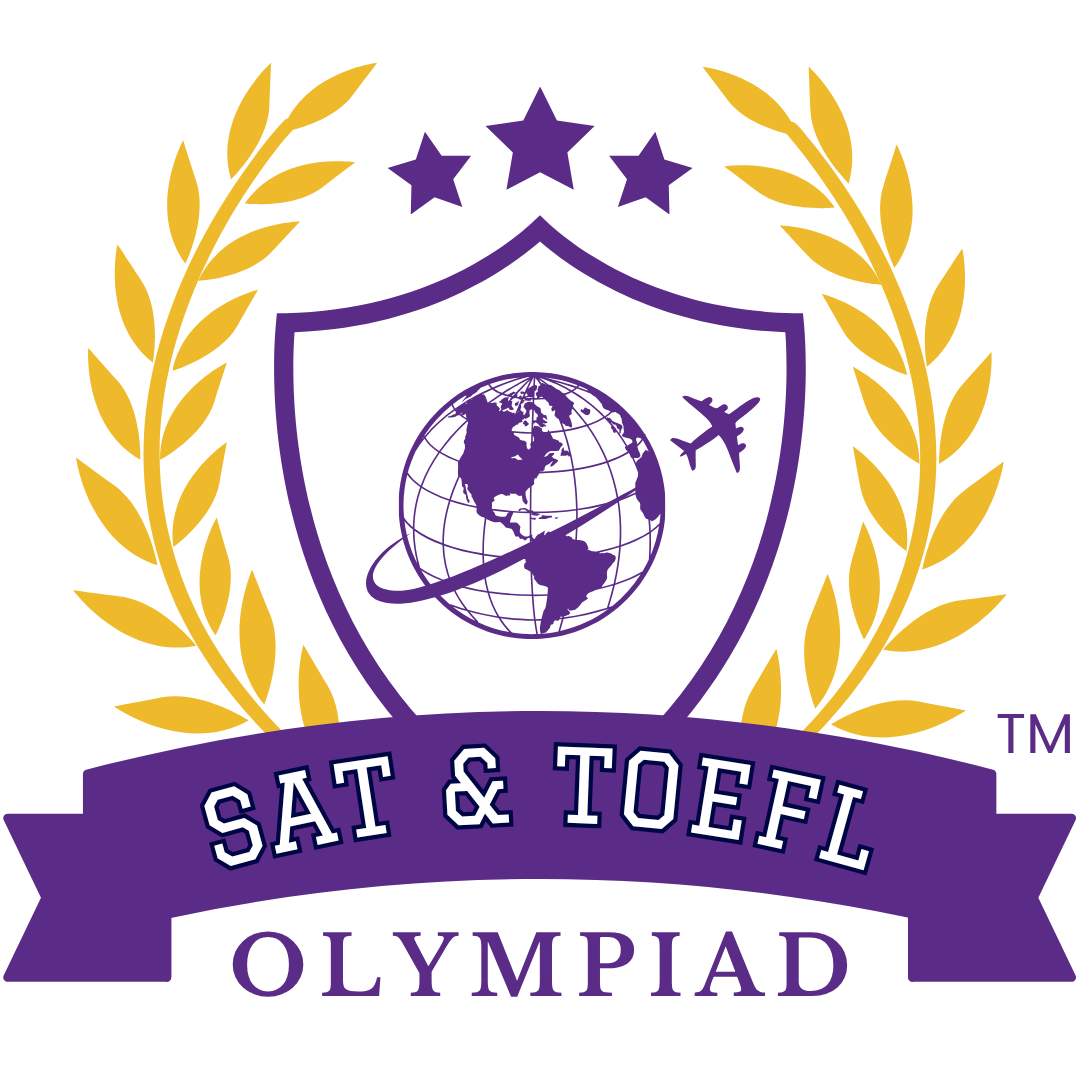Bachelor’s Abroad: How to Apply to Top Global Universities After High School

More than 6 million students leave their home countries for college every year , and that number is projected to keep climbing as families look for stronger job markets, cutting-edge research labs, and a truly global campus experience. At the same time, 1.9 million U.S. high-school seniors sat for the SAT in 2023 , underscoring how competitive the race for top universities has become.
If you are weighing Bachelor’s Admission Abroad, you already know the stakes feel sky-high: new grading systems, unfamiliar deadlines, and entrance exams that can make or break scholarship chances.
For more than a decade, I’ve coached students from India, Southeast Asia, and the Middle East through this very maze. In the pages ahead, I’ll break the process into clear, manageable steps, so you can trade anxiety for a game plan and turn your dream campus into a real acceptance letter.
Table of Contents
- Choosing the Right Countries Based on Academic and Career Goals
- Understanding Different University Systems (U.S., U.K., Canada, EU, etc.)
- Standardized Tests You May Need: SAT, ACT, TOEFL, IELTS
- Required Documents: Transcripts, SOP, LORs, and Portfolios
- Navigating Popular Application Portals (Common App, UCAS, OUAC)
- Application Timelines: Early Action, Early Decision, and Regular Deadlines
- Crafting a Balanced College List: Dream, Match, and Safety Schools
- How to Apply for Undergraduate Scholarships and Financial Aid
- Country-Specific Requirements for Indian and International Students
- Tips to Avoid Common Mistakes in the Application Process
1. Choosing the Right Countries Based on Academic and Career Goals
Start with the end in mind. Map your career aspirations to destinations that offer strong industry pipelines:
- Technology & Entrepreneurship – The United States provides unrivaled access to Silicon Valley internships and OPT work visas.
- Renewable Energy – Germany combines tuition-free public universities with a booming green-tech sector.
- Finance & Analytics – The U.K.’s “City” in London is a magnet for investment-banking placements.
List three long-term goals, then research each country’s post-study work policies, average starting salaries, and language requirements. This exercise narrows dozens of options to a focused shortlist and saves both time and application fees.
2. Understanding Different University Systems (U.S., U.K., Canada, EU, etc.)
Every system has its rhythm:
- United States – Four-year programs with flexible majors and liberal-arts electives. You can enter undecided and declare later.
- United Kingdom – Three-year degrees that dive deep from day one; expect fewer gen-ed courses but greater subject specialization.
- Canada – A hybrid approach: broad first-year curriculum plus the chance to co-op with Fortune 500 companies.
- European Union – Many public universities offer low-cost English-taught courses, but STEM tracks may add a foundation year.
Understanding these structures helps you choose an environment that matches your learning style, whether you crave breadth or immediate depth.
3. Standardized Tests You May Need: SAT, ACT, TOEFL, IELTS
Even “test-optional” colleges use strong scores for merit aid and course placement. A two-attempt strategy works best:
- Take a diagnostic SAT or ACT in Grade 11.
- Use the results to target weak areas, then retest within six months.
For English proficiency, compare formats: IELTS offers an in-person speaking section, while TOEFL is fully computer-based. If you want a competitive warm-up, consider the annual SAT Olympiad, high scorers can claim fee waivers and prep scholarships, and you can register in minutes through SAT Olympiad Registration.
4. Required Documents: Transcripts, SOP, LORs, and Portfolios
Gather these essentials at least six months before deadlines:
- Transcripts for Grades 9–12, sealed and attested if applicable.
- Statement of Purpose (U.S. calls it the Personal Essay) focusing on goals, leadership, and fit.
- Letters of Recommendation, aim for two academic plus one activity-based letter.
- Portfolios or Auditions for architecture, fine arts, or music programs.
Early preparation leaves room for translation, notarization, and quality revisions, three factors that often trip up otherwise stellar applicants.
5. Navigating Popular Application Portals (Common App, UCAS, OUAC)
Portals standardize paperwork but differ in nuance:
- Common App (900+ U.S. schools) features one 650-word essay and individual supplements.
- UCAS (U.K.) limits you to five courses and one 4,000-character personal statement, no university-specific tailoring.
- OUAC (Ontario, Canada) combines centralized data with program-specific questions.
Create a tracking spreadsheet with usernames, essay prompts, and fee receipts to avoid last-minute login panics.
6. Application Timelines: Early Action, Early Decision, and Regular Deadlines
Think of deadlines as strategic levers:
- Early Decision (ED) – Binding; acceptance odds can jump 10–15 percent but you must withdraw other applications.
- Early Action (EA) – Non-binding; answers by December give peace of mind while letting you compare offers.
- Regular Decision – January to March submissions with April notifications.
- Rolling Admissions – First-come, first-served; best for safety schools.
Finish testing and final essay drafts by October of Grade 12 to keep every option open.
7. Crafting a Balanced College List: Dream, Match, and Safety Schools
A healthy list looks like 3–4 dream, 4–5 match, and 2–3 safety options. Use the middle 50 percent SAT range published by each college: if your score falls above the 75th percentile, that school shifts to safety. Update your list after each test date to reflect new strengths or interests.
8. How to Apply for Undergraduate Scholarships and Financial Aid
Scholarship sources fall into three buckets:
- Merit-Based Aid – Automatically awarded for high GPAs and test scores.
- Need-Based Aid – U.S. colleges assess family finances via FAFSA or CSS Profile.
- External Awards – Programs like the Gilman Scholarship back study-abroad diversity efforts.
Create a calendar with internal and external deadlines; missing a scholarship date can feel worse than a rejection letter.
9. Country-Specific Requirements for Indian and International Students
- United States – I-20 requires proof of funds covering one academic year plus living costs.
- Canada – Submit Guaranteed Investment Certificate (GIC) and biometrics for a Student Direct Stream visa.
- Australia – Overseas Student Health Cover (OSHC) is mandatory before lodging your visa.
- Germany – A “blocked account” of €11,208 (2025 rate) is standard for residence permits.
Check embassy websites at least three months ahead; appointment slots can vanish quickly during peak seasons.
10. Tips to Avoid Common Mistakes in the Application Process
- Ignore word counts – Portals may truncate extra characters without warning.
- Upload unofficial documents – Many universities reject screenshots.
- Miss email updates – Decision letters often land in spam.
- Forget currency conversions – Financial forms should mirror bank statements exactly.
A weekly 15-minute checklist review with a parent or counselor catches these errors before they snowball.
Conclusion
Choosing Bachelor’s Admission Abroad is more than a paperwork sprint; it’s a life-shaping decision that can open doors to global careers, cross-cultural networks, and cutting-edge research labs. The blueprint you’ve just read, country selection, test planning, document prep, and smart deadlines, turns that ambition into a series of manageable steps. Remember, admissions officers aren’t hunting for flawless robots; they’re looking for curious, community-minded students who can thrive on their campus.
So take a deep breath, draft that timeline, and let your story shine through every transcript, essay, and test score. When you’re ready to see exactly where you stand, and how far you can rise, click below for a personalized SAT diagnostic and roadmap. Your future alma mater is
waiting.
Frequently Asked Questions
1. Do I still need the SAT for a test-optional university?
Submitting a strong score can unlock merit scholarships and balance a lower GPA, so it remains advantageous.
2. How many times should I take the SAT?
Twice is typical: one baseline test, then a targeted retake. Super-scoring lets colleges assemble your best section results.
3. What is the main difference between Early Action and Early Decision?
Early Decision is binding; if admitted, you must enroll. Early Action gives an early verdict without the enrollment obligation.
4. Which English test is easier, IELTS or TOEFL?
They measure similar skills. Choose IELTS if you prefer face-to-face speaking; pick TOEFL for an entirely computer-based format.
5. How many recommendation letters do U.S. colleges require?
Two academic letters are standard. Some schools allow an optional third from a coach or community mentor.
6. Are Indian board percentages directly converted to a U.S. GPA?
No. Admissions offices use internal conversion scales, generally aligning 90 percent+ with a 4.0 equivalent.
7. Can I work part-time while studying abroad?
Yes. Most study visas allow 15–20 paid hours per week during terms and full-time during vacations.
8. What exactly is the SAT Olympiad?
An annual competition mirroring real SAT conditions. High performers win prep scholarships and diagnostic feedback, use the SAT Olympiad Registration link above to join.
Citations
College Board, 2023 SAT Suite Annual Report
UNESCO Institute for Statistics, Global Flow of Tertiary-Level Students
